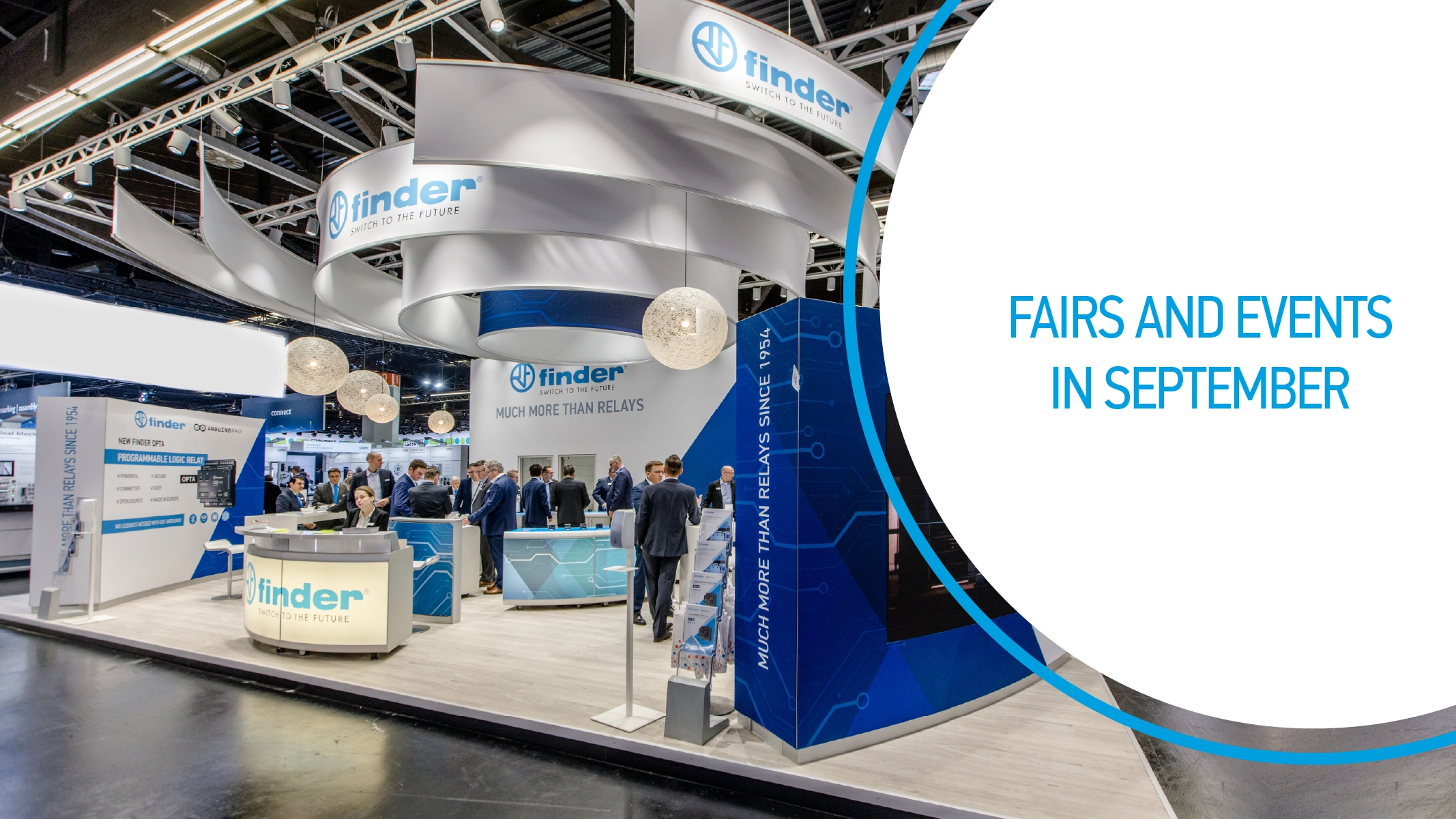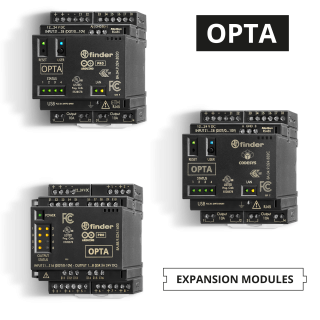Programming your OPTA with IDE or with PLC IDE?
A common question that comes up during webinars, in-depth meetings, or industry events is about the difference between IDE and PLC IDE. The following is a brief overview to help answer any questions.
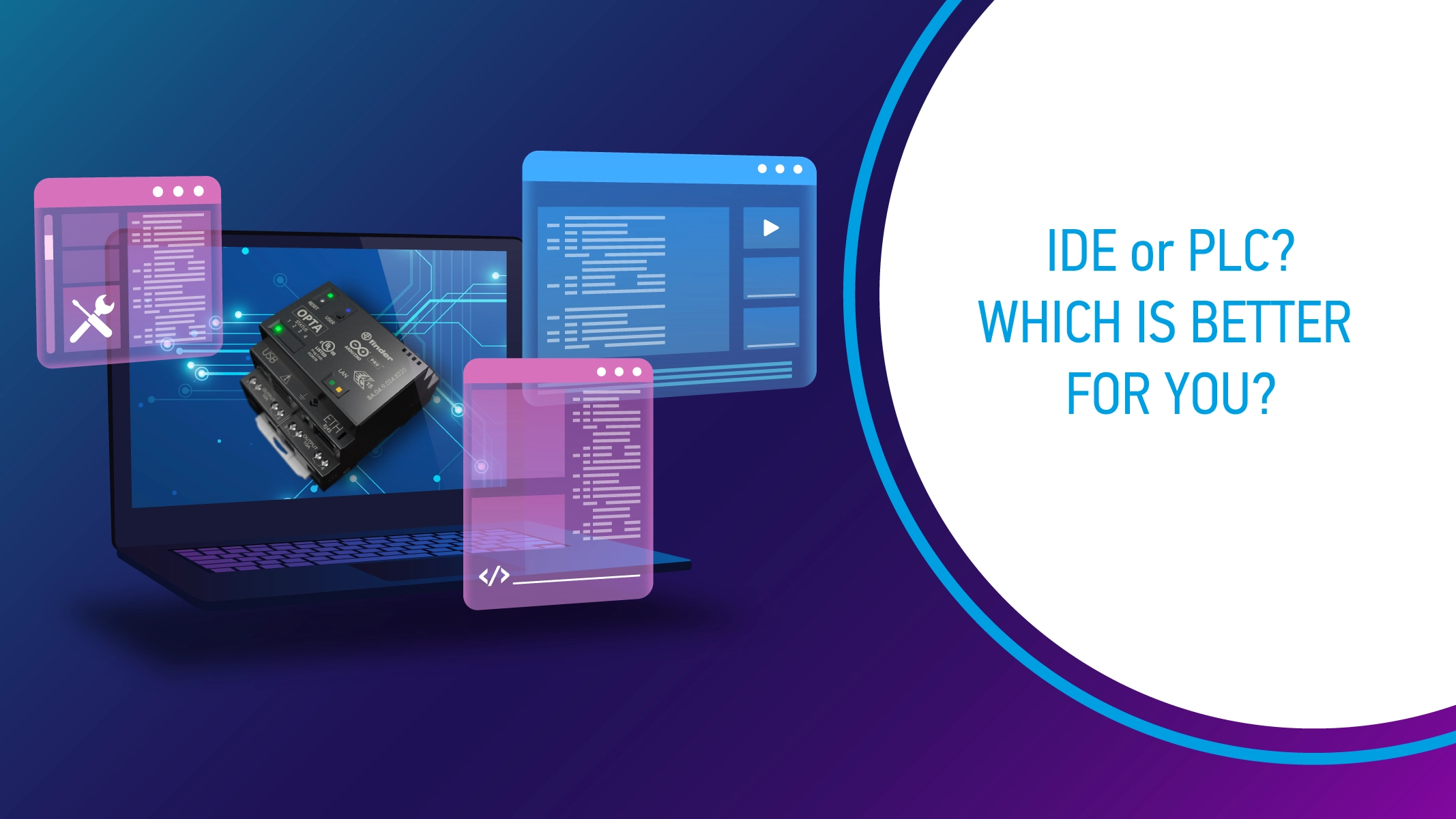
As industrial automation and IoT systems become more digitally oriented, the OPTA Programmable Logic Relay is the perfect solution to create both simple and complex automation projects.
OPTA is a powerful, safe, and easy-to-use device that can be programmed by both experienced coding users, electrical professionals and novices.
Having developed OPTA in collaboration with technology partner Arduino Pro, the device offers users the choice of programming the PLR by taking advantage of the brand’s open source platform and Arduino sketches. Users can still use the suite of traditional languages that conform to the IEC 61131-3 standard. All this, free of charge.
A common question that comes up during webinars, in-depth meetings, or industry events is about the difference between IDE and PLC IDE.
The following is a brief overview to help answer any questions.

ARDUINO IDE
Arduino IDE (Integrated Development Environment) is one of the most well-known platforms in the developer world. It is an open source development and editing environment that lets you create programs based on a language derived from C/C++.

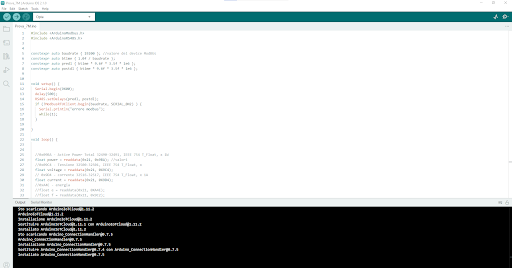
The generated sketches can not only be uploaded to the OPTA, but also shared with users who will then be free to use them, or to modify the code for alternative projects.
Arduino IDE can be downloaded and used locally, or by using the online editor found on the following link: https://login.arduino.cc/
ARDUINO PLC IDE 1.0.3.1 for OPTA
This is the new development environment created specifically for OPTA, and designed to provide traditional PLC programming languages free of charge:
● Ladder Diagram (LD)
● Functional Block Diagram (FBD)
● Structured Text (ST)
● Sequential Function Chart (SFC)
● Instruction List (IL)
You can find the relevant software by accessing opta.findernet.com. Once you click on download, you will then need to download both Arduino PLC IDE and Arduino PLC IDE tools in order to use PLC IDE for OPTA.
Next, you need to install Arduino IDE PLC tools, followed by the Arduino PLC IDE software.
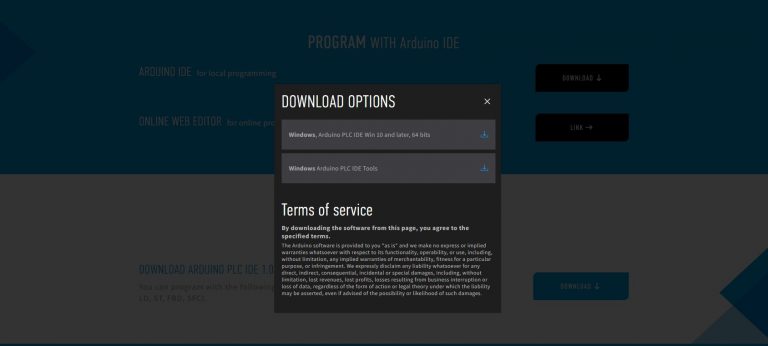
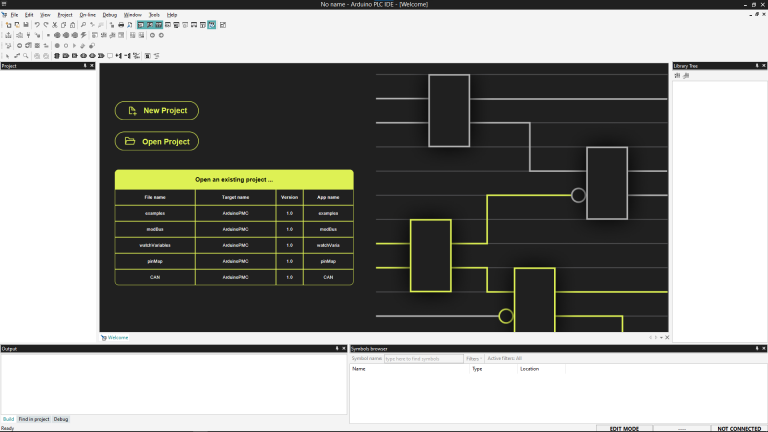
Next, open the Arduino PLC IDE program and configure OPTA for first use, starting with a “new project.”
Having performed all the above steps, click on the following link for the step-by-step tutorial of how to connect OPTA to PLC IDE: https://opta.findernet.com/it/tutorial/plc-ide-setup-license. You can activate the license for the languages, free of charge.
From there on, you can start bringing projects and solutions based on logic one intelligent to life.
IDE or PLC: WHICH IS BETTER FOR YOU?
It depends!
Programmers and Arduino users can choose to use the open source environment. Alternatively, those who have always been used to using IEC61131-3-licensed languages (IL, LD, ST, FBD, SFC) will potentially be more inclined to continue with these.
There is no right or wrong choice; both are solutions that will help you simplify complex automation projects, taking them to an advanced level.

